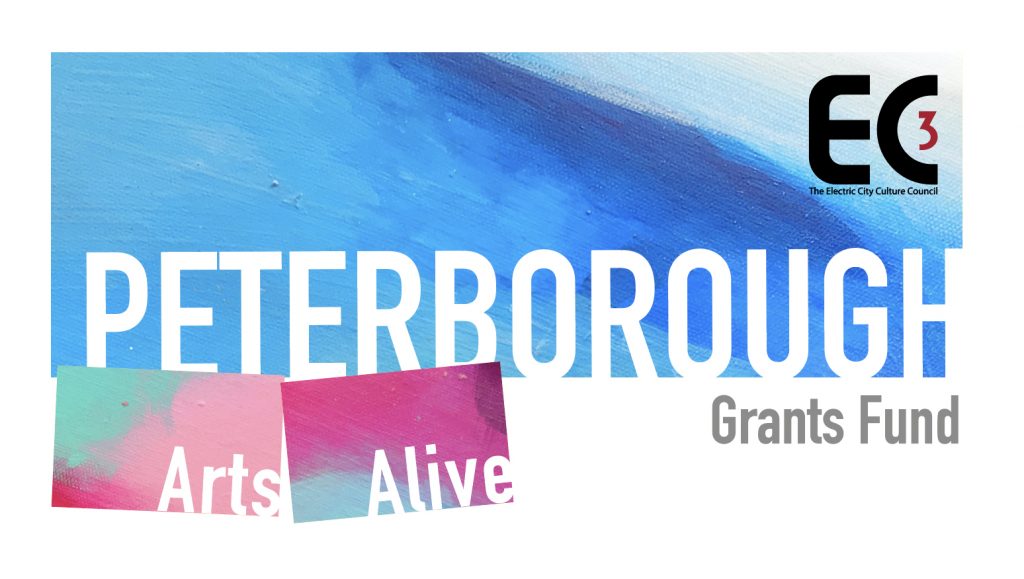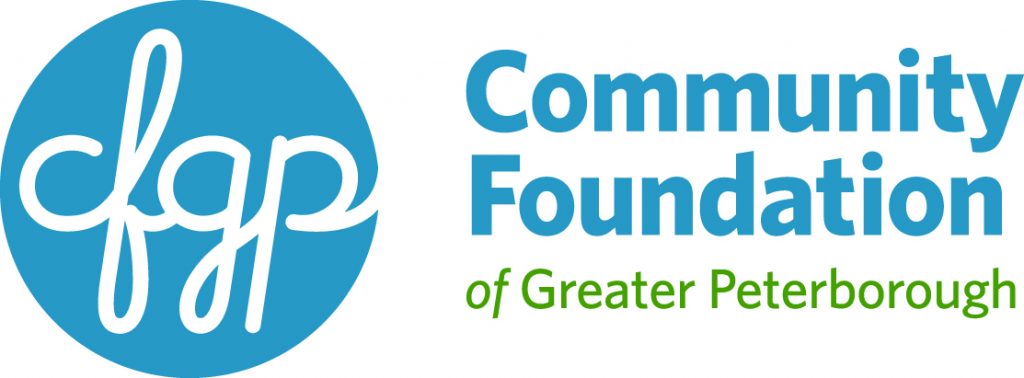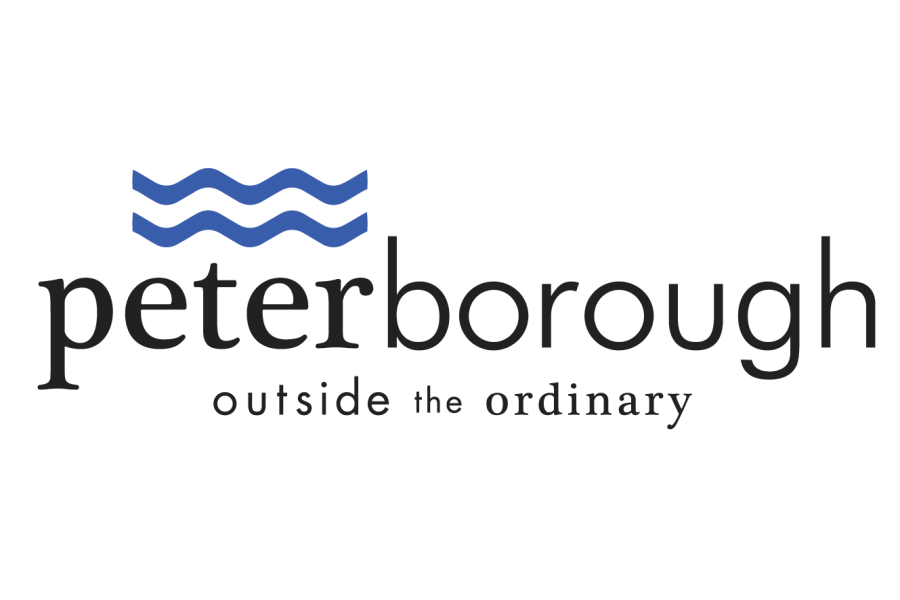Precarious3 Festival!
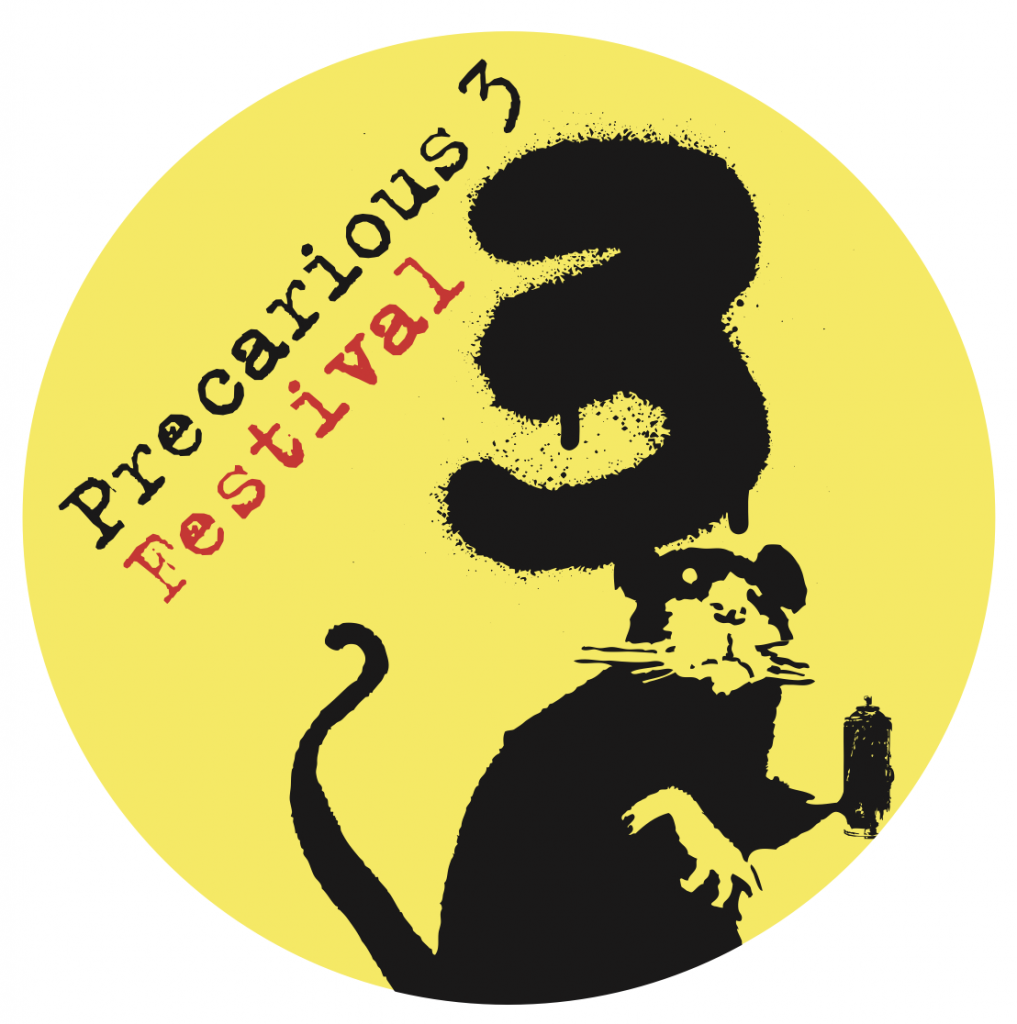
Featured:
In culmination of their Precarious residency, artists Elisha Rubacha and Justin Million highlight the often unhealthy or even self-destructive nature of creative practice with a 24 hour marathon of poetry and chapbook design.Justin will write 24 poems in 24 hours – reading a poem on the hour, every hour -while Elisha creates 24 unique chapbook covers, inspired by 24 prompts sourced earlier in the month. This event will be livestreamed for the full 24 hours on our YouTube channel.
If you haven’t watched the video yet, please check it out. We need your Impossible Prompts by Monday morning, folks!The ONLY way to get your hands on our 24-hour Precarious marathon chapbook is to send us a prompt. NO extra copies will be made.Send your prompt to birdburiedpress@gmail.com now!
Precarious3 is Fleshy Thud’s fourth multi-arts festival. Presented since 2016, the festivals have arguably become the region’s most vital forums for artist-driven investigations of precarity, revealing a hunger for deepening investigation of artistic precarity, decolonization, and economic justice.
As a response to pandemic pressures and realities, Precarious3 centres around nine Precarity Residencies at The Theatre on King. We have engaged a wide range of artists and non-arts participants, youth, newcomers, BIPOC artists, and others making vital work that often flies under the radar.
These incredibly dynamic artists receive a short, intense, fully-supported residency at TTOK to develop their work in whatever way they propose. Residency activities will be shared online and/or in person (following Covid safety protocols).
All activity will be archived right here on the festival website.
The Precarious3 artists are:
Jenn Cole (August 15-31)

Niambi Tree (August 30-September 5, delivering remotely from Halifax!)

Brad Brackenridge (September 13-19)

Justin Million and Elisha Rubacha (September 20-26, joint residency)


Victoria Ward (October 1-17)

garbageface (November 1-7)

Mithila Ballal (November 8-14)

Jon Hedderwick (November 15-21)

Hilary Wear (November 22-28)
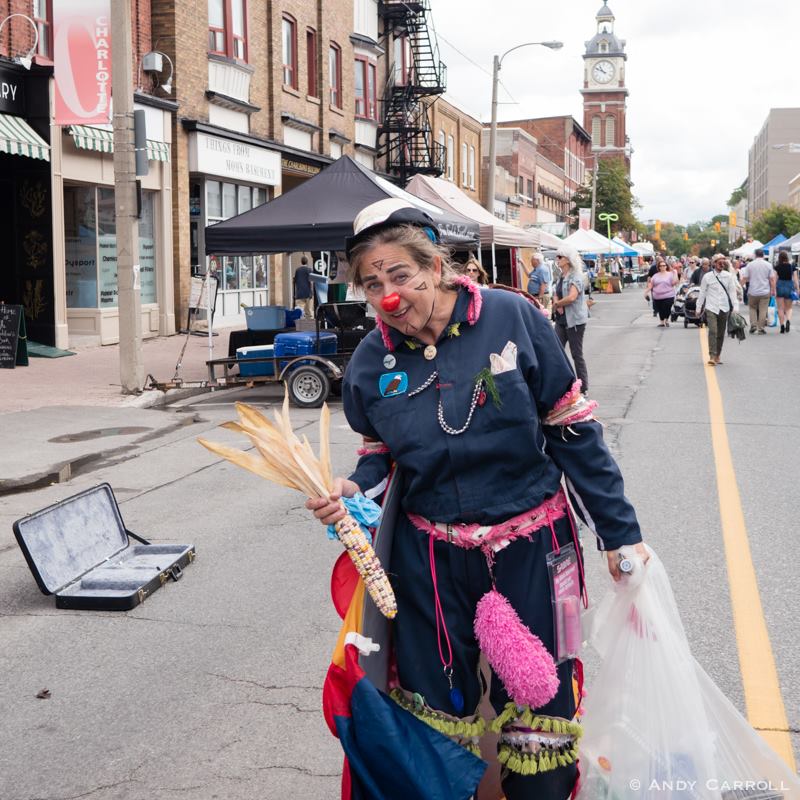
Tootah is not a busker. SORRY.” Photo: Andy Carroll
See artist pages for more information!
Precarious3 also strives to deliver outreach programming.
Partnering with the TASSS Integrated Arts Program, Brad Brackenridge and Kate Story delivered an introductory puppetry and storytelling workshop to Grade 9 students. The results were brilliant, unexpected, hilarious and moving.
Precarious3 also partnered with the John Howard Society’s Aspire Program to deliver a creative writing workshop led by Kate Story. See the site’s dedicated Aspire page for more details, and stay tuned for writing from the participants!
Jon Hedderwick works with the Peterborough Jewish Community Centre, delivering a workshop in story shaping with members of the congregation.
Jon Hedderwick and Niambi Tree work with the Peterborough New Canadians Centre to deliver a workshop to youth.
Stay tuned for more!
Precarious Festival was born in 2017. These multi-artist weeks-long events have arguably become one of the Peterborough region’s most vital forums for artist-driven investigations of precarity. A partnership-driven approach with non-arts groups helps bring work to new audiences, and provides multiple co-creative connections.
As a response to pandemic pressures, Precarious3 is centred around nine Precarity Residencies at The Theatre on King. We were going to launch this month, but the lockdown has created a pause. The Residents are incredibly dynamic artists whose activities will be shared online and in person (if possible, following Covid safety protocols). All activity will be featured on the festival website at ttok.ca
Some of the residencies touch on migration stories. I asked three artists to speak about how their stories feed into their artistic work, and got wildly varying answers!
Mithila Ballal has been training in Bharathanatyam since the age of 4, performing across India, USA and Canada. This award-winning dancer’s passion for dance led her to pursue her Masters in Dance/Movement Therapy and Mental Health Counselling at Lesley University, Cambridge, USA.
How does your migration story feed into your artistic practice?
When I first moved here, I was worried about whether I would be able to perform Bharatanatyam. Also, I was concerned whether I would be able to learn more in this artform: like any dance form, you are never done learning it. Moving to Peterborough, I was the only Bharatanatyam dancer! I sought out places where I could connect with other Bharatanatyam dancers – I found some in Toronto; I went to a weekend event and connected with other Indian classical dancers there.
But I also found that there were other immigrants in Peterborough who wanted to learn this artform. I performed in 2014 in a spring festival run by the Indo-Canadian Association. Many Indian parents came to me and asked if I could teach their kids dance. So, I would say that although on the one hand, my concerns about continuing to learn this art form were there – but on the other hand, I feel grateful and privileged that I was the only one who could pass this on to kids who were immigrants as well.
Also, I found that Bharatanatyam is so structured. My body has started to want to move in another way. In 2014 I started to go to Imagine Dance studios in Peterborough. I started improvising movement, and I really enjoyed it. When I work on a creative piece, it is never only Bharatanatyam. My movements keep changing. When I work on my own, my body moves differently. My hands do one thing, my feet start doing something else.
Do you think you would have discovered this about yourself if you had stayed in India?
If I had stayed in India, I probably would have tried other forms of Indian classical dance. Moving here, there’s that freedom of exploring more. I started feeling that there were other ways of moving as well. They have contemporary dance and all of that in India, but when I came here, something changed for me – I wanted to learn something different. If I’d moved to Ajax or Toronto, I would probably just have continued with Bharatanatyam. When I first got to Peterborough, I was ready to drive to Ajax to learn Bharatanatyam! But I also had to learn to drive – that was a whole other thing!
For me, contemporary dance is another dance form that could relieve my stress when I was exhausted with work, and a way to connect with other women. For 2 years the Imagine Studio had an annual performance, and I performed with the group there.
What are your current thoughts about the work you want to create during your Precarious3 residency?
I have a strong feeling it won’t be Bharatanatyam only – maybe not at all. I will see what comes up. Often, Bharatanatyam portrays Hindu mythology; personally, I have never used it to explore themes such as womanhood, or grief. So, it will be interesting to see what will happen. I want to make sure it’s different, and move forward with my artistic practice. The grief I am exploring and expressing stems from the loss of a family member. The grief of not being able to go home. The grief of not being able to have that closure.
I personally think that if I’d come here as a child, with my parents, it would be very different. Being an adult and moving here… it has its pros and cons. I always have a question mark in my mind: do I have to move back, or do I stay here? You always feel that pull. After my loss, I feel that even more. Or I worry about something happening to my parents – that worry is there constantly. Since the grief, my anxieties have gone back up. But I also think if I was alone, it would be so much harder. Having my husband makes a huge difference. And with the pandemic, and with the winters – to be alone would be so hard!
garbageface (aka karol orzechowski) has an impressive body of work including musical releases, writing, installations, and community-building activities.
How does your migration story feed into your artistic practice?
As far as considering myself a newcomer… I don’t think I do! I have a complicated identity — I was born in Poland, moved here at the age of 14 months, straddled a lot of Polish / Canadian culture growing up, didn’t “return home” until my mid-30s, and have since delved a lot more into my heritage… but I still tend to think I’m “from here.” I think I’ve had all of the privilege of a born-in-Canada white Canadian man.
Apart from my name – which here is unusual – everything else about me affords me privilege.
What about your parents?
Being a child of immigrants, I saw my parent struggle. They worked in factories pretty much their whole lives in Canada. They resigned themselves to menial labour on behalf of the family. A very typical immigrant story: they came from relatively skilled jobs in their home country to unskilled labour here – to give their kids a break.
The family organized a trip back to Poland a few years ago for all of us. I thought, wow, this is a really white country, but also, these people really look like me. The particular type of white person that is Polish – I am really from there. There are physical characteristics that became very obvious to me in a way that wasn’t true before. Being in Poland made me really feel Polish in a way I hadn’t before.
You recently released a new music/T-shirt project with Bennett Bedoukian/Cold Eye X “Behind Each Gate: a Serpent” https://coldeye.bandcamp.com/album/behind-each-gate-a-serpent You said on social media that it features symbols of protection.
Yes, symbols from Polish heraldry, and the Polish occult. It felt right at the time. Having gone back and visited Poland… I knew it was a very religious country, very Christian, but it was interesting to see how that had changed over time. One church we visited, built in the tenth century, featured a giant Zodiac wheel. That wouldn’t be there in a 20th century church. The visit sparked my interest in the religious history of Poland. Going anywhere where you have monuments and buildings that are thousands of years old is humbling and makes you want to find out more.
Did you have a sense of difference growing up? Was that an engine for your becoming an artist?
Yes, I had a sense of difference, but it wasn’t related to being an immigrant, it had more to do with class. My parents were working class – my friends growing up were considerably wealthier than I was in a really obvious way.
Every place has some sense of insider/outsider dynamics – it is stronger in some places than others. When I was growing up and really starting to develop as an artist in high school, the hard insider/outsider thing was sports versus arts. St. Pete’s was a huge sports school.
I started developing as an artist probably by around 9th grade. I gravitated toward arts and tech. My dad really wanted me to take wood shop and auto shop – not a chance. In Grade 9 I really wanted to take music. My sisters relentlessly told me not to take music class, because then I’d have to be in band, and everyone in band was a loser. “You’re not going to be able to take guitar, you’ll have to play some other instrument, and be a loser.” So I didn’t take music, and I’ve always regretted it. I can’t read music and I am very naive about music theory. I do what I do through listening and trial and error. I think I’ve done okay, but still, some knowledge of theory would be a plus.
I had a strong friend group that really identified as artists. It was very much part of a group identity for me.
How does your family feel about your work as an artist?
My parents are mystified. What I do is unrecognizable as music to them. If I was a classical composer or doing something a bit more part of their frame of reference, they’d take it more seriously. But part of having this immigrant experience is that they really didn’t see art as a viable career. I directed a film documentary and in early 2010, I hosted a screening at Isabel Bader Theatre – sold out, 300 people. My parents were so confused about why people were there. They were kind of excited and proud, but definitely mystified at what was happening and I think a bit surprised at what I had managed to put together. Musically they’ve always found what I am doing completely out of left field. They are happy for me that I do it, but they often ask, “Oh, are you still going around and playing shows? You’re still going to keep touring?” I think at this point they understand that I’m not trying to make a “career” out of it, but they don’t understand why I’d keep doing it if I don’t make money at it. They don’t understand the trade-off, that there’s a deeper significance to its place in my life.
Apart from music, I also work online. They’re generally mystified. I don’t know what they think I do on the internet. They know I do something on a website and help maybe to keep it going. It’s not that they don’t use the internet – they are tech savvy for their age – but … my lifestyle mystifies them.
They’re good parents. They went through a tremendous amount of struggle so that we wouldn’t have to struggle. I think one of the hardest things for my parents is watching me struggle – even though those have been some of the happiest times in my life. Like making that documentary film – I was living on almost nothing, but travelling the world; I was in the worst financial position of my life, but I was incredibly artistically fulfilled and that was important to me. And they couldn’t understand that. It’s funny, because they really instilled in me when I was younger that they wanted me to be happy and have a happy life. But to them, a happy life was having a good job and a better home. For me, being happy was a lot more tied to not having a shitty boss, not having to work a job that I hated. They hated their jobs. Part of what they did for us kids was made us work in a factory. They got me a summer job working in one – and said, “Never end up like this!” I think they were hoping I’d end up in law, rather than being an artist.
I notice you have this drive to explain the music industry.
It’s probably one of the sectors of the arts that people interact with the most, and yet people have the least idea about how musicians are compensated and how difficult it is. There’s so many misconceptions about how the music industry works and what it looks like, what it takes to make a career out of it.
Jon Hedderwick is a spoken word poet, storyteller, mixed-media producer, organizer and educator of mixed Ashkenazi Jewish and Scottish heritage. Hedderwick performs, organizes, and mentors emerging poets as the current Artistic Director for the Peterborough Poetry Slam Collective.
I know that your family migration story is the inspiration for your work during your Precarious3 residency. Can you let us know some details?
My great grandmother – my Bubby Sarah – was diagnosed with Alzheimer’s when I was in grade 7 or 8. I went to her apartment with my mother to help clean it out – Bubby couldn’t live alone anymore and was moving to long-term care at Baycrest. In the course of sorting and packing, I was going through a drawer and I found a cassette tape – I threw it into a box of stuff I was allowed to take, thinking I would make a mix tape with it (that dates me!). When I got home, I put the tape in my boom box, pressed pause and record at the same time the way we used to so that we could start recording exactly as the DJ stopped talking and not miss the first second of the song. I turned the radio on – a favourite new song was about to play – and I was about to start recording, when I thought, I’d better see if this is really a blank tape.
I don’t know what possessed me to check the tape. In any case, I pressed play, and I heard her voice. Her story, an early memory of hers: a soldier harassing women in a marketplace in a Polish town and swindling them out of their money. The soldier had just come back from World War 1, and was claiming that he was rich. He gathered all the women in the market square and told them to each buy one thing, and he’d pay for it. They all did – spent the rent and grocery money and bought little luxuries, things they couldn’t normally get – and came back to him. He laughed, mocking them for being greedy, and told them he didn’t have any money. An argument broke out, things got heated. The police arrived and tried to detain him. He ran, and the police shot him.
That’s about as far as I got. At that point, I stopped the tape, told my parents about it – and my mother took the tape away. I think she knew what was going to come next – although she’s cagey about that to this day. She will say that she wasn’t sure what was on the tape and that she knew I was too young for some of Bubby’s stories.
What was the part of the story that your mother thought you were too young to hear about?
The police officer who shot the man must have been Jewish, or perhaps it was that the women who complained who were; I guess it could have even been the soldier, it’s unclear, but the other townspeople went into the church and things got more heated and after some time they began to organize a pogrom – an ethnic cleansing; they were going to kill all the Jewish people of Lugov. Someone must have warned someone. The story goes on to tell how the Jewish town residents somehow snuck a rider out of town in the middle of the night. He found a military garrison that was stationed nearby and somehow persuaded them to come with him. The military occupied the town for days until a peace could be brokered.
After this, the family was more than ready to leave and the tape goes on to tell the story of migration – moving here to Canada.
Bubby Sarah was a kid at the time. She had spent World War I in hiding in rural Poland at her grandparents’ farm. Her father made it out to Canada sometime before the war and served in the Canadian military so that he could raise money to get the family over, but the war broke out and he couldn’t get them out until after. For Bubby Sarah things worked out. But for most of her relatives, things didn’t. What isn’t on the tapes is that any family members who didn’t make it to Canada died in concentration camps in the next war. I’ve learned some of this through digging into the family history with my mother, but there’s still lots I don’t know.
What draws you to look at this story from your family’s past?
I’ve always been drawn to this story. Part of it is the mystery around it, having had it kept from me for so long. But recently, I’ve also felt a strong pull to better understand my own history as it relates to the broader history of colonialism and oppression. Something my friend Ziy says all the time is that learning about Indigenous issues and culture as part of decolonization work has made them a better Jew. To be in this place, I have to learn more deeply about the story that brought me here. I am person who is part of a diaspora that went through generation after generation of genocide. I have privilege due to my whiteness; I am an invisible minority – but that exists alongside antisemitism and real intergenerational traumas. I am also mixed – there is always a great tension in being mixed – I come from Scottish mariners and Eastern European Jews. My invisible minority status exists alongside the privilege my other heritage affords me.
In the history of anti-Semitism, it’s interesting to me that people know about concentration camps – but the systematic eradication of the pogroms went on 50-100 years before the outbreak of World War 2. Before that there are countless other instances of anti-Semitism rising and falling that go all the way back to allegations that Jewish people used “blood magic” to create the bubonic plague—and even beyond that. You know if you are Jewish and of Eastern European descent, you have some connection to this story. But much of it was only spoken of abstractly in my family. I was over-inundated with material about the Holocaust – but not this. The tape made the connection to that older history a little closer. I could have done without that closeness in some ways – but in other ways it has been essential to my understanding of self and my communities.
As Jewish people and as descendants of Jewish people, I think we have a responsibility in the face of oppression: solidarity with other oppressed people. One of the few things I remember Bubby saying is, “You’re going to be a big doctor, a big lawyer. That will protect you.” She saw economic advantage as protection. That’s a failure in the belief in solidarity. But I also get it—how do you believe in solidarity when your neighbours came to kill you?
And of course, even this is not the whole story. There is a tendency when digging through trauma to focus on the horrors. But, as I work through the remainder of the tapes, the material is resilient, innovative and also joyous. One of my favourite stories is when my great grandfather, my Zaidy Saul, proposed to Bubby Sarah. It was a semi-arranged marriage. She wasn’t opposed to the match, but felt that it was preposterous that she should base her decision to marry him on a first impression. Bubby decided that she would pretend to lose the engagement ring to test her would-be fiancé. When, upon discovering that she’d lost it, he said he didn’t care about the ring – he wanted to marry her anyway – she liked that; she thought that was a nice response, so she accepted him. Hers was a times a hard life, but a resilient life and a joyous one.
The tapes paint a really interesting picture of that life, but also an incomplete one. Though Bubby never gets into it, there was lots of informal segregation. There were real estate laws that allowed for Jews to be excluded from certain communities and it was difficult to prosper economically. There was significant anti-Semitism – for example, the Christie Pits riot in the 1930s when the Toronto Swastika Club tried to bust up a baseball game involving Italians and Jews; that led to city-wide riots. The riot led to the first anti-racism laws in Canada. I even know that my family eventually even became involved to some extent with organized crime – bubby Sarah was a bootlegger, a small-time distributor during Prohibition. But, this led to my grandfather having some significant organized crime connections; he was an accountant. It went pretty bad for him and all this has ripple effects throughout time. But, none of this is in the tapes. I suspect these were not things that Bubby was proud of, but I also look at them and know that if you don’t give people the space to prosper, they’ll find a way.
Do you think this fragmented family story has affected your sense of identity growing up in Canada?
Yes, for sure. I’ve experienced significant anti-Semitism in my life. Some of it subtle, much of it systemic, but some of it very overt—swastikas painted on my locker at school, running cross-country and people would do the sneezing thing: “Ah-ah-ah-ah-JEW;” I even brought home a few black eyes on account of it when I was young. Much of the more violent stuff was mostly kids picking up on their parents’ prejudices; they were struggling too. But it took a long time for me to embrace this part of my heritage, in part because I think I had such a fragmented sense of it and because it was harder to dig into. I have wonderful stories from my Scottish side, too, but I had to fight really hard to own the Jewish stories. Assimilation felt safe – it felt safer to just be a white guy when I was young. When I presented as Jewish back then, it had visceral consequences and you internalize that. It’s no wonder as I unpacked this later in life that this part of me plays such a significant part in my creative work, even when it isn’t the focus.
Recently, my creative projects have been more focussed on the land than identity. I am in love with where we live – the natural features of it.But, I feel like an understanding of place cannot be ahistorical. It needs to include an understanding of the conditions and choices that resulted in those of us who are settlers coming to this place and the enduring legacy of that history. On the one hand, being Jewish has made me different in ways that have sometimes been dangerous; on the other hand, I’m mixed, white and my family is largely assimilated; we enjoy a great deal of settler privilege. I’m interested in that tension of being a settler descended from refugees – we came here by choice, but we had nowhere else to be. We assimilated, but assimilation was in part a survival strategy. Jewish people often (though not always) empathize with the struggles of indigenous people, but many of our people were and remain ignorant of these struggles and many of our people embrace capitalism and even participate in white supremacy. The more I look at this, the more I realize I can’t understand my relation to this place without examining the circumstances that brought me here.
NEWS
Keep an eye out for Precarious3 artist activities, coming your way soon!
https://drive.google.com/file/d/1HE6qR6KW3GKtWkKu_BvM__pEZvo7bvDl/view?usp=sharing
Sunday Night Arts Precarious Convo with Jill Staveley,
Ryan and Kate. Thanks to Trent Radio.
Precarious3 is Presented by Fleshy Thud in partnership with Public Energy


Festival partners and supporters include:
The Ontario Arts Council; Public Energy; The New Canadians Centre; The City of Peterborough, The Gitigaan Project; Thomas A Stewart Secondary School’s Integrated Arts Program; Aspire (John Howard Society), PARN’s Rainbow Youth; DBIA; The First Fridays Ad Hoc Collective; Trent Radio; Theatre Trent.
Artist accommodation provided by Like A Virgo Homes

